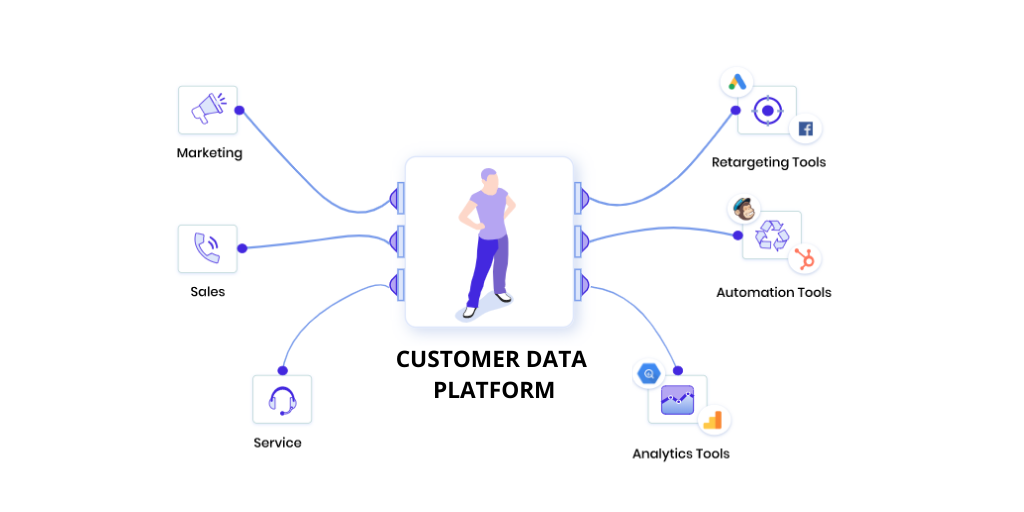Simon Data has released its 2022 State of Data report, detailing the five areas of which concern for customers and marketers in the way the collected data is used moving forward. There is a growing sentiment over how brands are using these customers’ data, and there are additional privacy concerns as to how these companies are collecting the information.
As part of the study, Simon surveyed both marketers and customers to take stock of what areas concern them most when it comes to data collection and how it is represented in marketing goods and services to customers.
Greater Privacy Concerns
According to Simon’s study, 88% of users want consent of their data usage, but when it comes to maintaining the use of customer data, there is resistance to arbitrary time periods of refreshing consent. Changes in data regulations have changed the ways companies collect and utilize the customer data that is collected, however many customers are unaware of how this information will be employed.

According to the study, just 7% of consumers actually know how their data is being used after they have given their consent, leading Simon to opine that marketers need to improve the ways it informs users of the intended usage of the data collected. If customers were to benefit from opting into data collection, it is surmised that they would be more willing to participate in the data collection process itself.
Amount of Data Available
In the last two years alone, 90% of the world’s data was created, and Simon anticipates that the amount of data available to marketers will continue to rise over the next decade. Despite security concerns from collecting this data, marketers have more data available at their fingertips than ever before, allowing them to personalize campaigns to target specific audiences. These targeted campaigns can increase effectiveness of the marketing strategy put in place.

In 2020, clients were using just six fields of information per campaign, and that number has more than doubled, with clients using 11 on average now. As marketers are continually able to narrow the scope of the campaign, this can increase the effectiveness of the audience that companies are hoping to reach.
Lack of Confidence in Usage
While more data is available now than ever, marketers can feel engulfed by the sheer amount of data that is available. In turn, this increase in the amount of data available to be accessed can cause professionals to lose sight of the proper ways to utilize the information, as many marketers struggle with a lack of data integration between technologies or sources. This deficiency in confidence can lead to marketers having difficulty turning actions into insights.
The inability to visualize or access data can also create a sense of uncertainty about the goals a team is trying to achieve. However, one solution is to create a single customer view where all the data a company has collected is available to best understand an intended customer’s behavior. With this single customer view, marketers can build personalized campaigns that are based on historical and real-time data.
Heightened Customer Expectations
One major part of collecting customer data is the user opting in to provide marketers with this information. As users allow marketers to use this data, they then know what data is being collected, and expect the marketers to apply this information to deliver value. However, most customers do not feel as though their information is being put to good use. This key factor is why customers’ expectations are higher than ever.
With marketing firms adopting new ways to utilize the data collected, consumers typically have come to welcome quizzes and product recommendations as they become more familiar. This then leads many customers to begin comparisons between brands’ digital experiences. If customers do not feel as though their minimum expectations for a personalized experience are not being met, this can create negative brand equity with the marketers collecting data.
Value Exchange
With data collection, many users anticipate that marketers will be able to return value on their time investment. Collecting data from users not only allows these marketing firms to help comply with privacy regulations but also an easier way of knowing what the customer wants and feels like they need. Ultimately, people are more willing to exchange their information when they see this data used to customize and enhance their experiences.
Once the customer data has been collected, marketers have to be careful to toe the line between utilizing the information to reach a prospective customer and over personalizing to the point of discomfort for the user. Of those surveyed, 75% of customers found forms of personalization to be uncomfortable, and 57% said they found marketing tactics unsettling due to the fact their information was being collected to sell a product. In addition, improper use of data can lead to annoyance from the customer.
When properly used, the data collected from customers can help both enhance a user’s experience while also showing that value was delivered from collection of their information to connect with customers about understanding their wants and needs.

